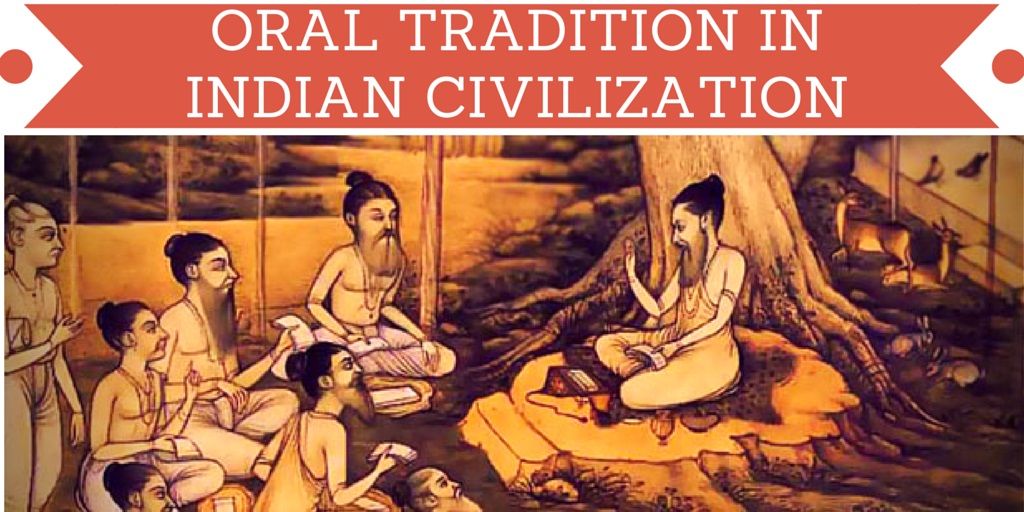In India, oral transmission of knowledge still continues to be the most important method by which we communicate messages, educate our children on early lessons, learn our scriptures and texts, transmit our stories and nurture knowledge about life and art. All cultures have found ingenious ways to pass on their knowledge systems, through developing formal… Continue reading Transmitting Knowledge: Oral memory, practice and methods of communication of India
Tag: History
Law of Gravity was Discovered by Indian
When we talk about gravity, the first name that pops into our heart is Sir Isaac Newton. In school we all have been told the story of how Newton was inspired to formulate “The Universal Law of Gravitation” when an apple fell from a tree. The world believes that Newton was the first to discover… Continue reading Law of Gravity was Discovered by Indian
History of The Indian Rupee
India was one of the first issuers of coins (circa: 7th/6th century BC), and as a result it has seen a wide range of monetary units throughout its history. There is some historical evidence to show that the first coins may have been introduced somewhere between 2500 and 1750 BC. However, the first documented coins… Continue reading History of The Indian Rupee
Prabalgad Fort – The Most Dangerous Fortress
Prabalgad Fort, also known as Kalavantin Durg, is located between Panvel and Matheran in the Indian state of Maharashtra. The structure is built at a height of 2300 feet on top of a plateau which is located close to Matheran. Previously, the fort was known as Muranjan until it was taken over and renamed by… Continue reading Prabalgad Fort – The Most Dangerous Fortress
Similarities between Noah’s Ark and Manu’s Boat
The Hindu flood myth is found in several different sources. The earliest account is said to have been written in the Vedic Satapatha Brahmana, whilst later accounts can be found in the Puranas, including the Bhagavata Purana and the Matsya Purana, as well as in the Mahabharata.
Chand Baori – Largest and Deepest Stepwell
Stepwells, also called bawdi or baori, are unique to India. These wells acted as the reservoirs or the storage tanks that can store large amount of water and keep it cool as well. These wells have steps built into the sides that can be descended to reach the water at the bottom. Stepwells are generally larger than… Continue reading Chand Baori – Largest and Deepest Stepwell
Ancient Virupaksha Temple at Hampi
The Virupaksha Temple is one of the most stunning landmarks in India and the main center of pilgrimage at Hampi. Temple is noted for its architecture and has been listed among the UNESCO World Heritage Sites. Dating back 1,300 years, the magnificent structure consists of a layered tower of elaborate, hand-carved friezes populated by a bevy of Hindu… Continue reading Ancient Virupaksha Temple at Hampi
Diamond Mining in Ancient India
The diamonds have been first recognized and mined in India. For centuries, India was the only place one could find these precious stones. The earliest known reference to diamond is a Sanskrit manuscript, dated from 320-296 B.C., but Diamonds have been known in India for at least 3,000 years but most likely 6,000 years. The words… Continue reading Diamond Mining in Ancient India
Sikh Soldiers – The Forgotten Heroes of World War I
With the outbreak of war in Europe, India, the Crown Jewel of the British Empire, joined the Allies in battle on the 4th of August 1914. Contributing the most volunteers of any of the British imperial holdings that fought in the war, India produced between 900,000 to 1.5 million troops for combat by 1919. One in… Continue reading Sikh Soldiers – The Forgotten Heroes of World War I
Acharya Kanad – The Father of Atomic theory
John Dalton (1766 – 1844) is the man credited today with the development of atomic theory. However, It would be surprising for many people today to know that the theory of atoms was actually formulated 2,600 years ago by an Indian sage and philosopher. The first Indian philosopher who formulated ideas about the atom in a… Continue reading Acharya Kanad – The Father of Atomic theory

